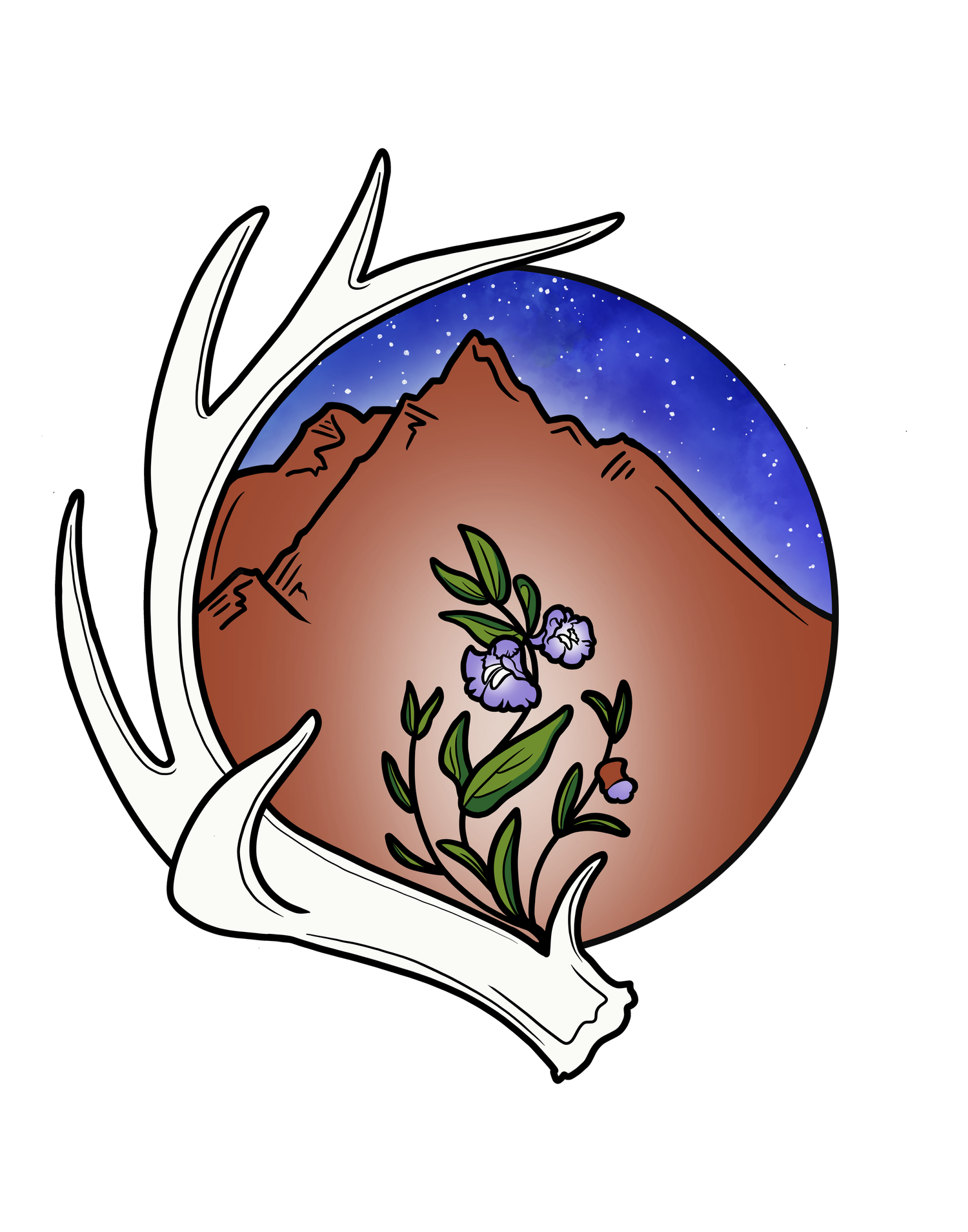The Essentials
Infusions and decoctions are both methods of making tea. The term 'tea' is actually only as recent as European exposure to the Chinese beverage made from Camellia sinensis, the true 'tea plant'. It became so popular in the British and other European countries that eventually any hot beverage brewed from plants became 'tea' (think of it as an early version of brand association, like 'Kleenex' or 'BandAids').
If you are an herbalist, or simply a word geek, you may have heard of the more accurate, though less used term, 'Tisane'. A tisane is any beverage made from herbs, regardless of the method used to make it. The two main methods used to make herbal teas are Infusions and Decoctions.
Infusion
An infusion is made by pouring water over plant material then allowing it to steep. The water is usually boiling, but cold infusions are also an option, and for certain herbs can be more beneficial. For medicinal preparations, 15 minutes of infusing time with boiling water is the general minimum, and much longer with cold infusions. Sun teas are another method of infusion, where the herbs are covered with water, sealed in a jar, and allowed to sit in the sun for several hours. This is great way to make tea with kids, as it feels like your making a potion (which, of course, you are).
Decoction
A decoction is made by boiling plant material, usually the bark, rhizomes, roots or other woody parts, in water. General guidelines are to boil your root or bark for at least 30-45 minutes. Leafy material can also be boiled, but it tends to lose it's aromatic properties, which are often the ones your looking for (imagine peppermint tea without the aroma-really, what's the point?)
How To Learn More
OR
